As the cityscape of New York continues to evolve, so too does the wildlife adapting to it. Raccoons, once predominantly rural creatures, have increasingly made the bustling urban environment their home. This transition has not only been physical but cognitive as well, with these raccoons developing keen intelligence to navigate their complex surroundings.
How Urban Environments Foster Raccoon Intelligence

City living presents a myriad of challenges that raccoons in forests or fields would never face. From navigating busy streets to scavenging for food amongst human trash, urban raccoons are constantly confronted with problems that require creative solutions. This continuous engagement is thought to stimulate their cognitive development and problem-solving skills, much like how puzzles can enhance human brainpower.
Innovative Foraging Strategies
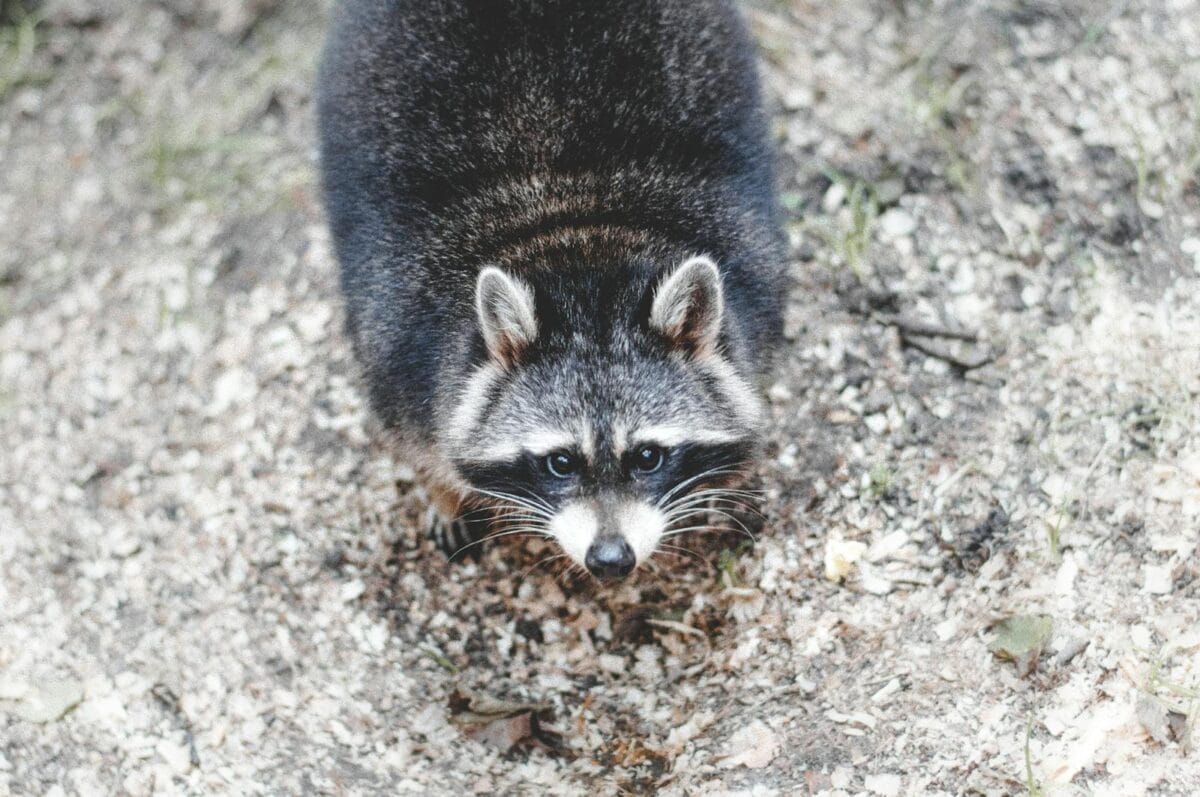
Urban raccoons have shown an impressive ability to adapt their foraging strategies. They can open latches, unzip backpacks, and even solve simple mechanical tasks to access food. Their dexterous paws, comparable to human hands in terms of fingers and sensitivity, play a significant role in their ability to manipulate objects and solve problems.
Social Dynamics and Learning

Raccoons are not solitary animals, and their social interactions in urban environments appear to contribute to their cognitive development. Observational learning is common, as raccoons watch and mimic behaviors from both other raccoons and even humans. This social dynamic can lead to the rapid dissemination of new foraging techniques within their communities.
Memory and Navigation Skills

Urban raccoons have demonstrated a remarkable ability to remember complex routes across the intricate city landscape. They can retain detailed maps of their environments, enabling them to find food sources or safe resting spots, even amid the city’s hectic milieu. This memory capacity has been compared to that of some primates, underscoring their cognitive sophistication.
Repercussions on Human-Raccoon Interactions
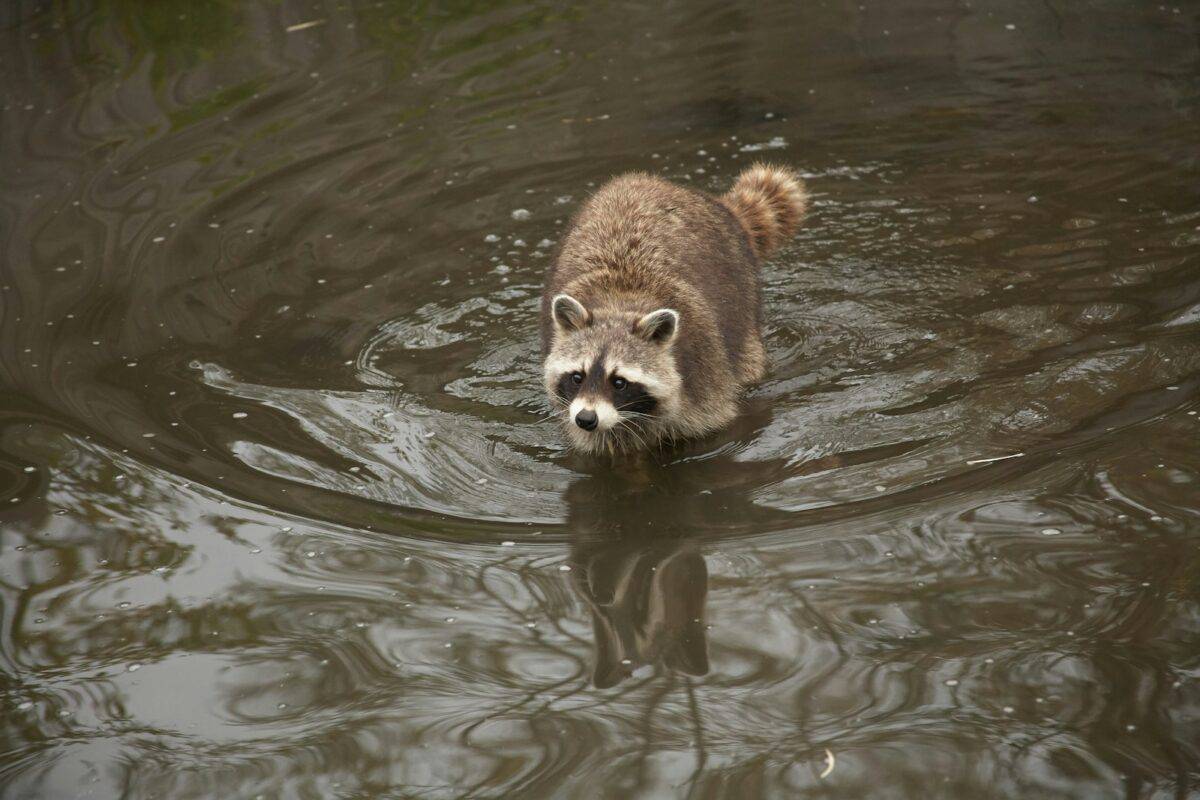
As raccoons become smarter and more prevalent in urban areas, they inevitably intersect with human activities more often. While this can lead to some nuisances, such as tipped-over trash cans, it also provides an opportunity to study wildlife adapting to human encroachment. Scientists are particularly interested in how these interactions might promote further cognitive development.
The Role of Urban Ecology in Cognitive Evolution
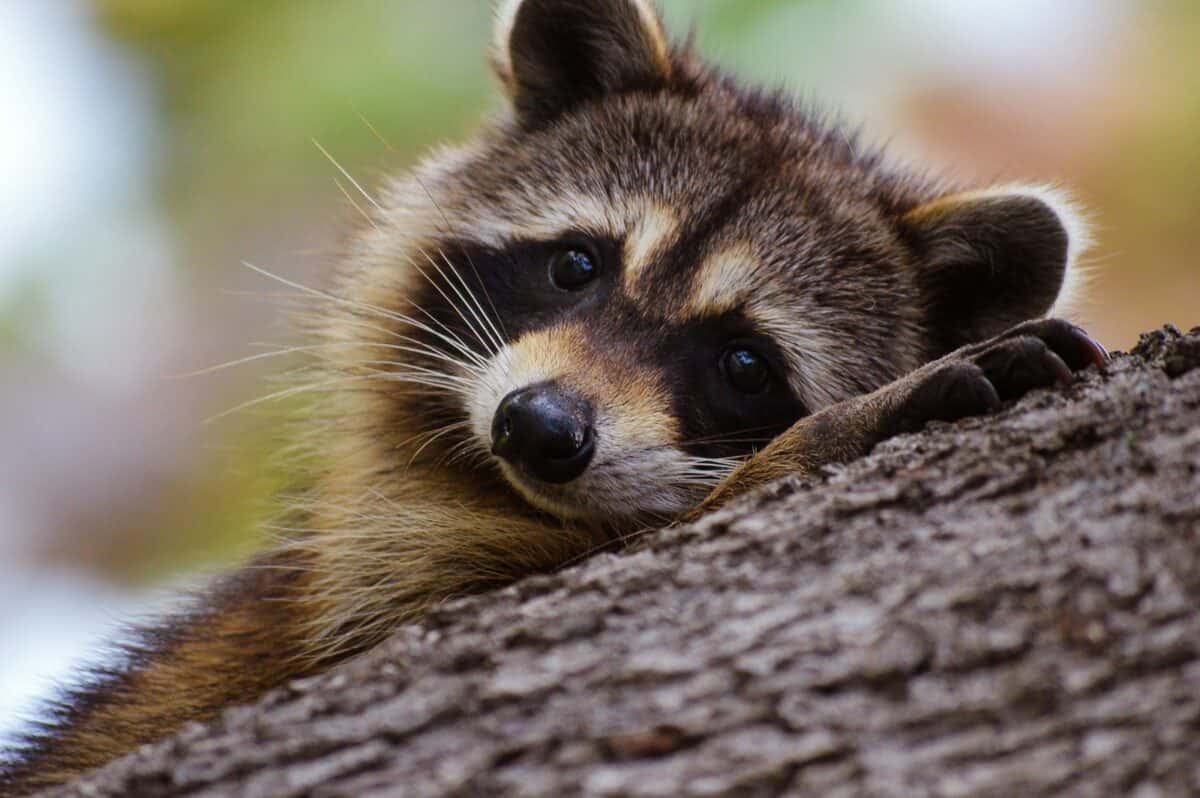
The study of urban raccoons presents a fascinating glimpse into how cities can act as catalysts for evolution. Ecologists suggest that the unique pressures of urban living may be accelerating raccoon cognitive abilities more swiftly than in their rural counterparts, offering a live example of evolutionary change prompted by human activities.
Challenges in Studying Urban Raccoons
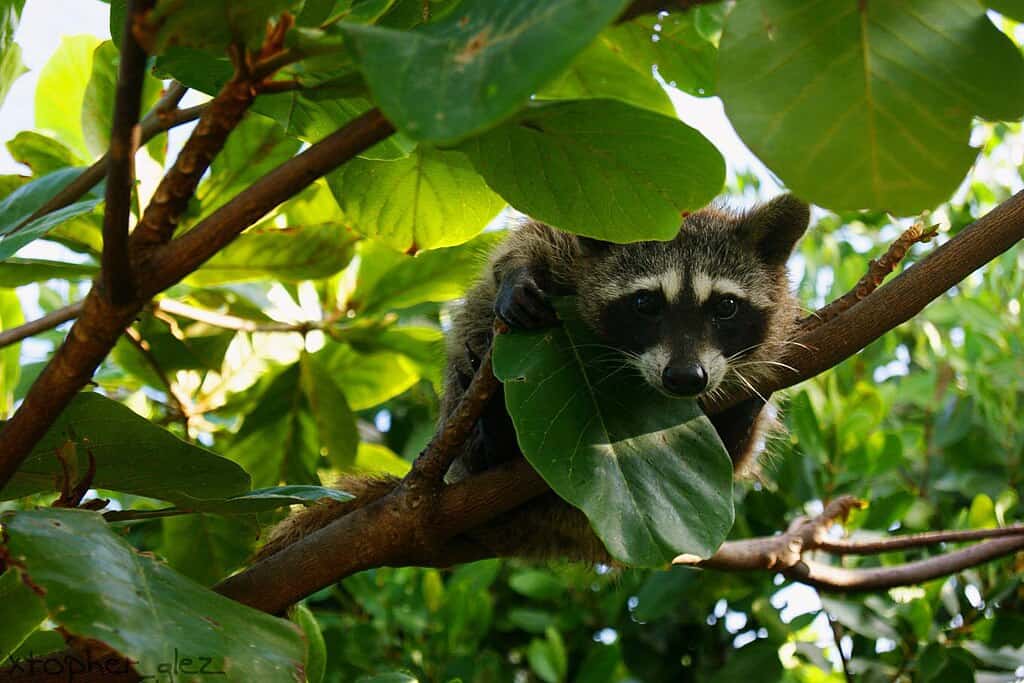
Researching raccoons in a sprawling metropolis like New York presents its own set of challenges. Tracking the movements and behaviors of these nocturnal creatures requires sophisticated technology and methodologies. Furthermore, researchers must navigate both ethical considerations and the urban landscape to get a true picture of raccoon adaptation.
Technological Advancements in Raccoon Studies
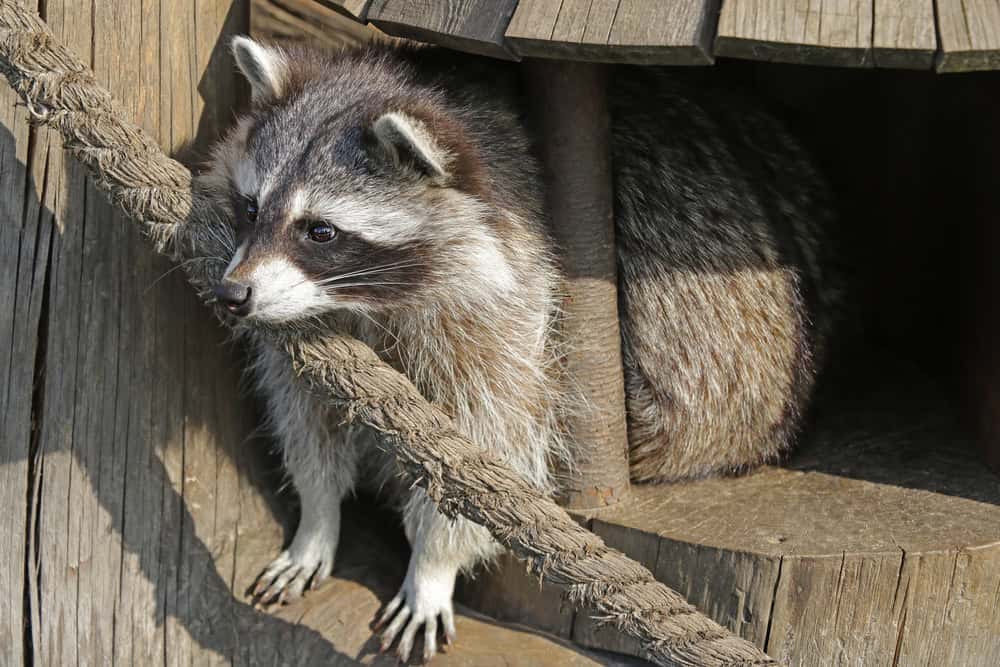
To tackle these challenges, scientists have turned to a combination of GPS tracking and camera traps to monitor raccoon movements and behaviors discreetly. By employing these advanced technologies, researchers can gather precise data on how raccoons interact with their environments and each other without undue interference from human observers.
Potential Implications for Wildlife Management
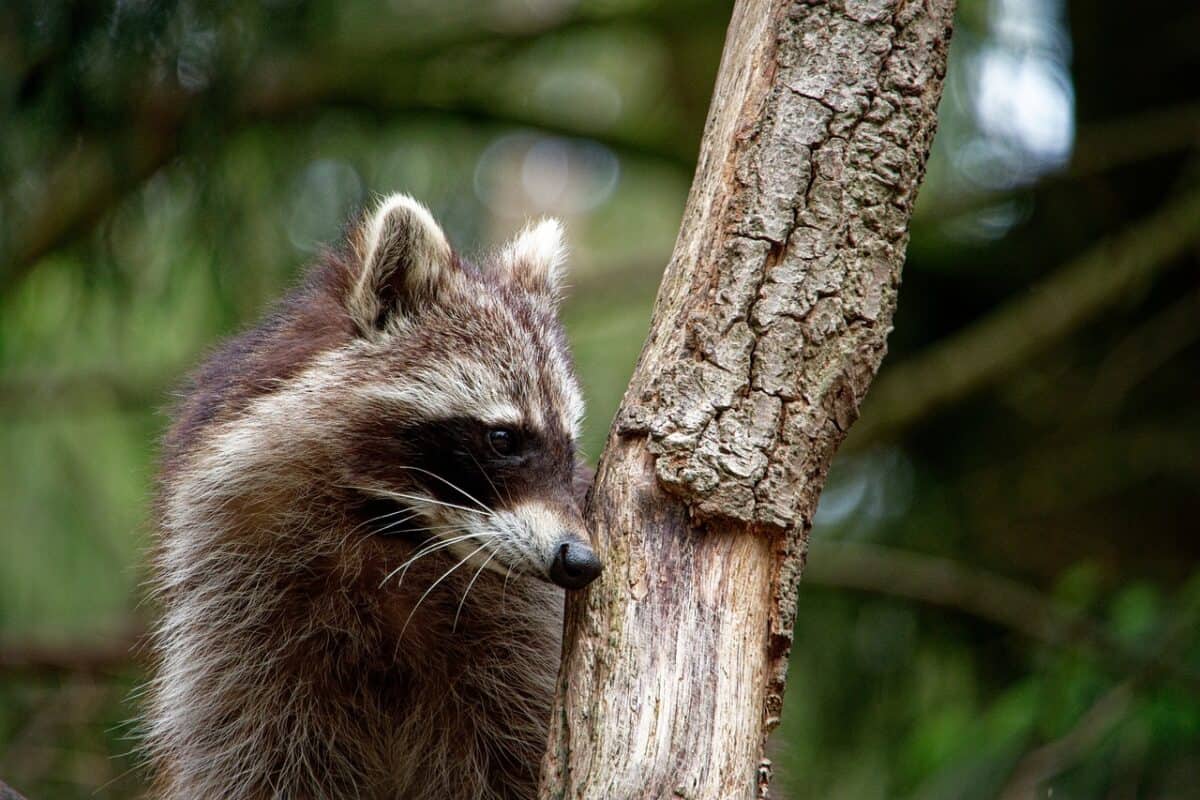
Understanding the intelligence and adaptability of urban raccoons could lead to more informed wildlife management strategies. By acknowledging raccoons’ capacity to learn and adapt, city planners and wildlife managers could develop methods that mitigate human- wildlife conflict while ensuring that raccoon populations remain healthy and sustainable.
The Future of Raccoons in Urban Settings

As cities continue to expand, so too will the habitats available for raccoons and other wildlife. The adaptability raccoons have shown suggests they might not only survive but thrive alongside humans. This coexistence will hinge on our ability to create urban environments that balance human needs with those of our wildlife neighbors.
Conclusion: A New Chapter in Urban Wildlife
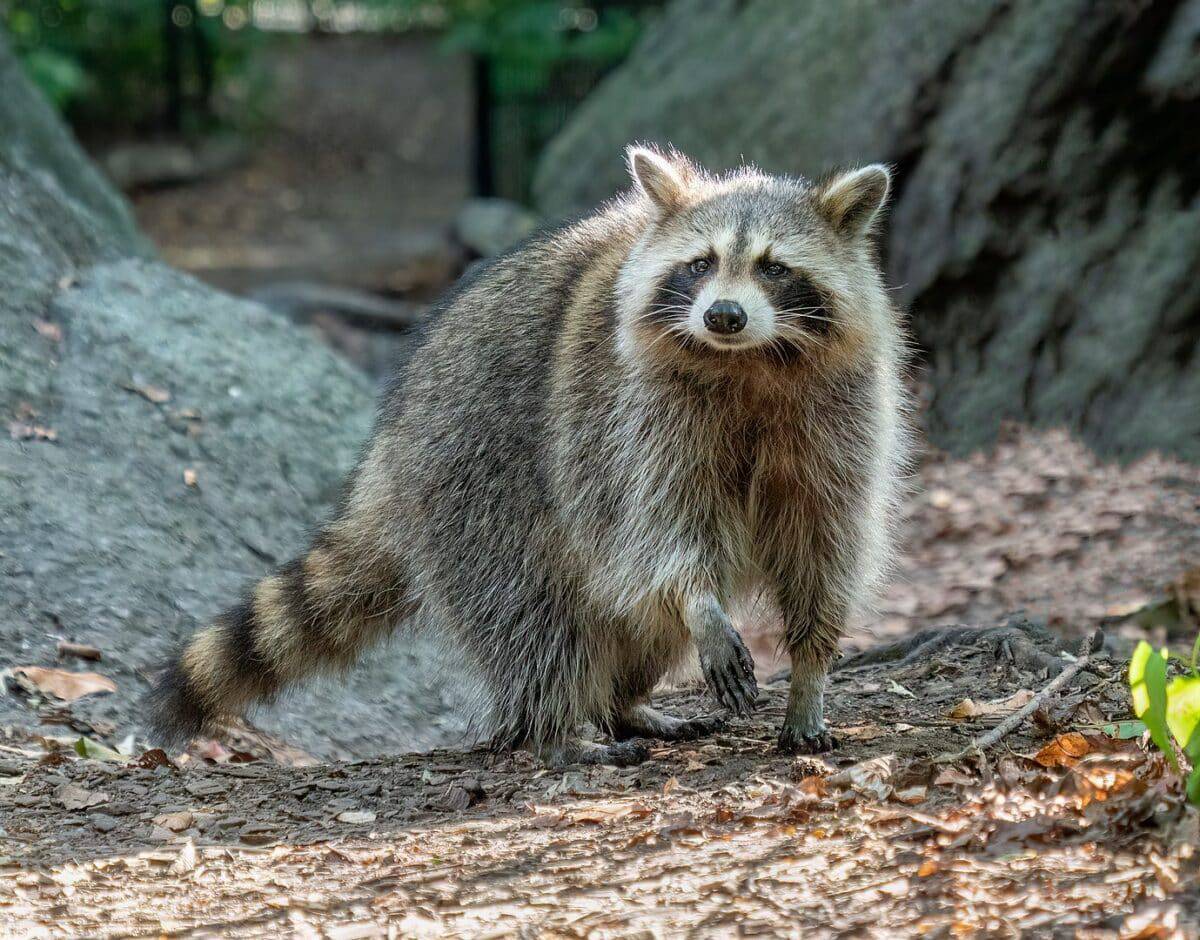
The tale of New York’s urban raccoons is a testament to the incredible adaptability and intelligence of wildlife. As scientists continue to uncover the depths of raccoons’ cognitive abilities, these masked bandits remind us of the dynamic relationship between nature and humans. By furthering our understanding of raccoon intelligence, we open doors to better managing and cohabiting with the wildlife that increasingly shares our urban spaces.
- New York Urban Raccoons Are Smarter Than Ever Scientists Are Shocked - August 14, 2025
- 12 Animals That Can Learn and Mimic Human Speech - August 14, 2025
- How to Keep Your Pets Safe While Hiking - August 14, 2025

